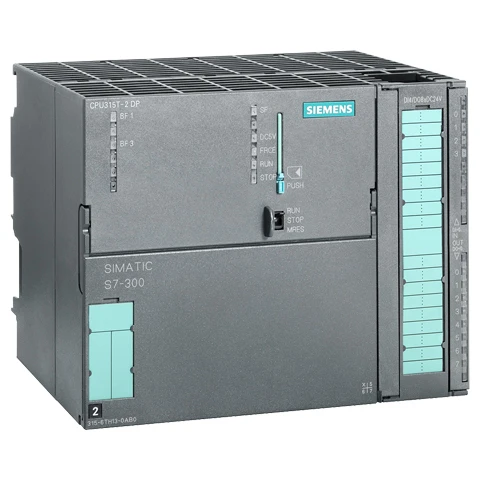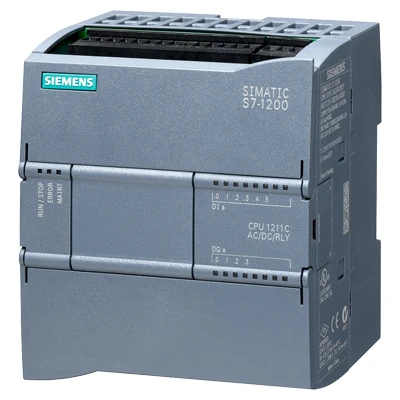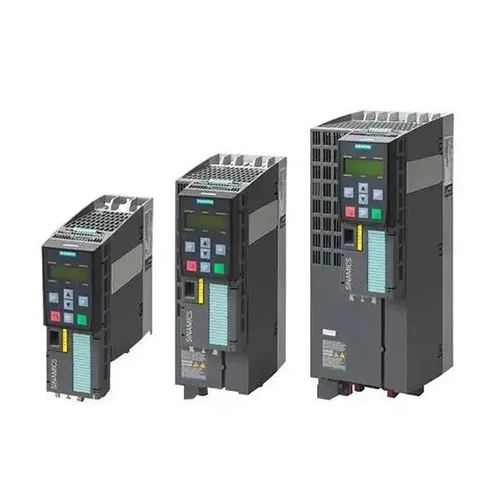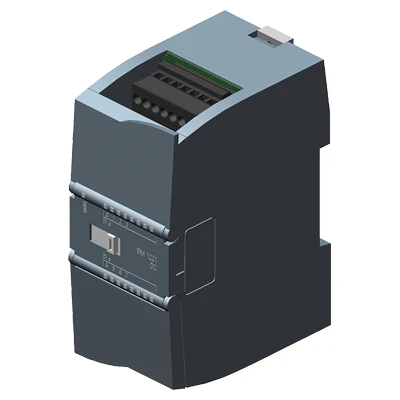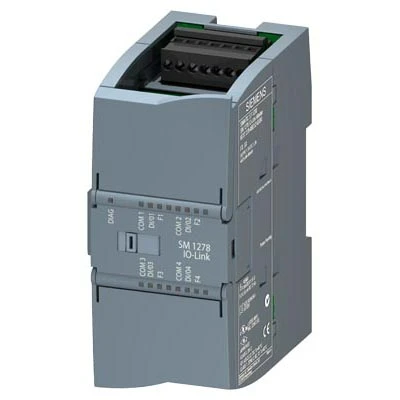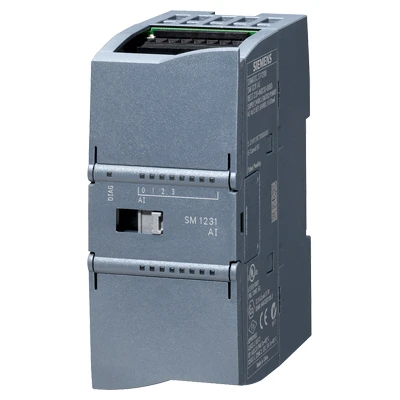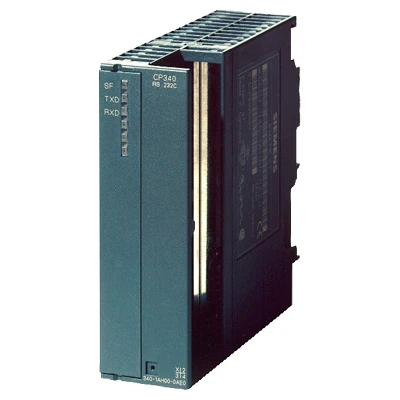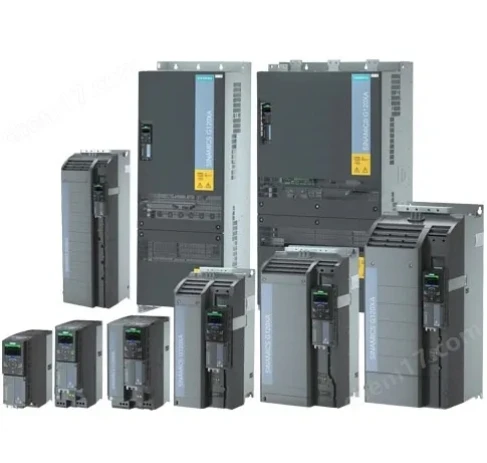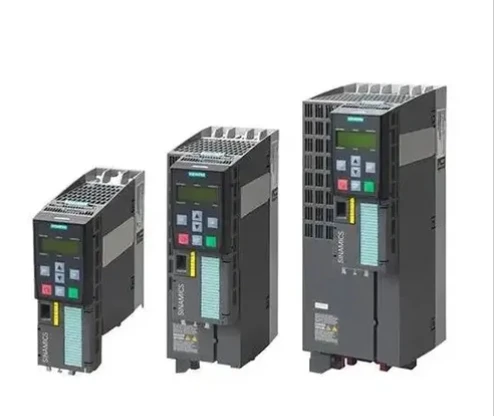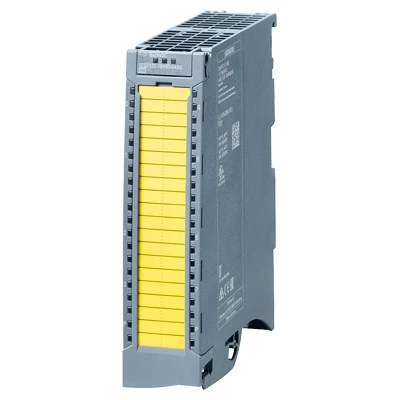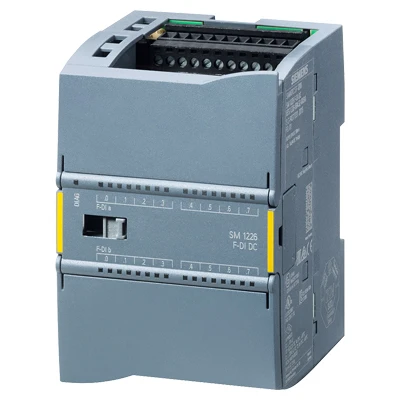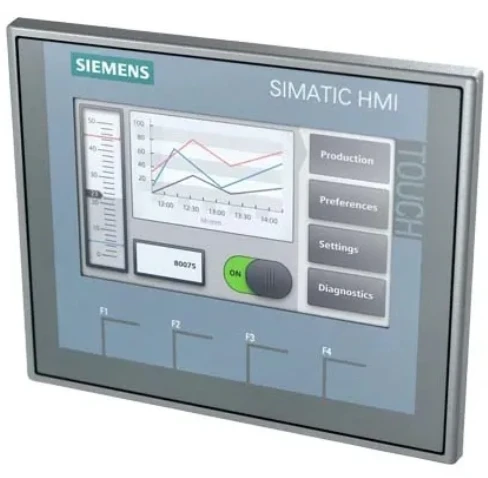High-Performance Frequency Drive for Three Phase Motor Single Phase to Three Phase VFD Solution
- Introduction: Analyzing the Demand and Role of Frequency Drive for Three Phase Motor
- Understanding Variable Frequency Drives: Principles and Technological Benefits
- Single Phase to Three Phase Conversion: Addressing Practical Needs
- Market Leaders: Comparative Study of Top Manufacturers
- Tailored VFD Solutions for Diverse Industrial Requirements
- Application Scenarios: Proven Use Cases of VFD Drives
- Conclusion: Frequency Drive for Three Phase Motor – The Future of Industrial Automation
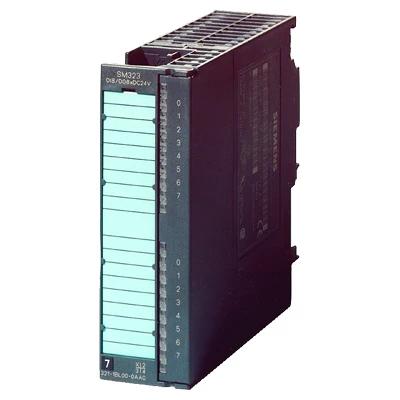
(frequency drive for three phase motor)
Introduction: Frequency Drive for Three Phase Motor in Modern Industry
Industrial sectors continuously seek advancements to attain operational efficiency, precise control, and energy savings. The frequency drive for three phase motor
has emerged as a transformative component worldwide, aligning with the drive toward automation and sustainability. According to an industry report by MarketsandMarkets, the global VFD market was valued at $23.8 billion in 2021 and is projected to reach $32.9 billion by 2027, growing at a CAGR of 5.5%. Such growth is fueled by the surging adoption across manufacturing, HVAC, agriculture, and energy sectors, where more than 60% of industrial motors are estimated to benefit from the installation of variable frequency drives. The central challenge faced by many industries revolves around controlling three phase motors with fluctuating loads and integrating single phase to three phase variable frequency drive solutions for environments with single-phase power supply. This article provides a comprehensive overview of the technological advances, supplier landscape, customization pathways, and real-world applications underpinning the use of VFD drive single phase to three phase converters.
Variable Frequency Drives: Operational Principles and Technology Edge
Variable Frequency Drives (VFDs) fundamentally alter the way electric motors operate by modulating motor speed and torque through power electronics. A VFD consists of three main components: rectifier (AC to DC conversion), DC bus (energy storage and filtering), and inverter (DC to variable AC frequency and voltage). By precisely controlling the output frequency and voltage, VFDs accommodate shifts in operational demand without requiring mechanical modifications.
The technical superiority of VFDs is grounded in their efficiency and adaptability. For example, using affinity laws, experts have reported that reducing motor speed by 20% can decrease energy consumption by nearly 50% in fan and pump applications. Modern VFDs also provide integrated diagnostics, soft start/stop features (eliminating mechanical shocks), and support Industry 4.0 protocols such as Modbus, Ethernet/IP, and Profibus. Alarmingly, approximately 30% of global electricity consumption is attributed to motor-driven systems—underscoring the immense potential for energy savings with wide-scale VFD deployment.
Another underlying strength lies in maintenance reduction: By limiting inrush current and mechanical wear, motors controlled via VFDs typically extend their service life, reducing the total cost of ownership by an estimated 25% over a 10-year operational cycle.
Practicality of Single Phase to Three Phase VFD Drives
Many businesses, especially in rural or retrofit environments, operate where only a single-phase electric supply is available, yet the machinery in use demands a three phase motor configuration. Here, the use of a single phase to three phase variable frequency drive becomes indispensable. It effectively converts single-phase input power into controlled three-phase power, enabling the start and precise speed regulation of high-efficiency industrial motors.
The technical process involves advanced rectification and synthetic phase shifting, ensuring minimal harmonic distortion and stable voltage output. Studies indicate that deploying such VFD systems can increase motor efficiency by up to 85% vis-à-vis alternative static phase converters. Additionally, power factor correction embedded in modern VFDs reduces unproductive reactive power, directly translating into lower utility costs and improved grid compliance.
Furthermore, the flexibility of VFD drive single phase to three phase converters has made them essential in applications such as agricultural irrigation, CNC machinery, woodworking, air compressors, and elevator systems. Their installation has been proven to resolve connectivity issues and unlock previously dormant productivity in locations with historical infrastructure limitations.
Vendor Comparison: Leading Frequency Drive for Three Phase Motor Manufacturers
The market for frequency drives is highly competitive, featuring global industry leaders and innovative niche vendors. Selecting the optimal vendor requires evaluation based on reliability, cost, features, after-sales support, and digital integration capability. Below is a comparison of top providers in 2024, illustrating their strengths:
| Manufacturer | Model Range | Input Type | Max Power Output (kW) | Integrated Features | Energy Efficiency (%) | Warranty (years) | Connectivity | Average Price ($/kW) |
|---|---|---|---|---|---|---|---|---|
| Siemens | SINAMICS G120 | Single/Three Phase | 250 | Safety Integrated, Pump/Fan Application | 98.0 | 3 | Profinet, Ethernet/IP | 170 |
| ABB | ACS580/Drive | Single/Three Phase | 500 | HVAC Optimized, Adaptive Programming | 97.5 | 2 | Modbus, Bluetooth | 150 |
| Schneider Electric | Altivar Process | Single/Three Phase | 315 | IoT Ready, Energy Monitoring | 97.3 | 2 | Ethernet, Profibus | 160 |
| Delta Electronics | VFD-E/M | Single/Three Phase | 22 | Microdrive, High IP Rating | 97.0 | 1 | Modbus, CANopen | 110 |
| Yaskawa | GA500/GA700 | Single/Three Phase | 355 | Sensorless Vector Control | 97.8 | 3 | USB, EtherNet/IP | 175 |
The data reveals that energy efficiency across leading brands surpasses 97%, with integrated digital capabilities becoming standard. Warranty length and price per kW may influence large-scale procurement strategies, while IoT integration is pivotal for predictive maintenance in smart factories.
Tailored VFD Solutions: Engineering for Industry-Specific Demands
Not all operational scenarios are created equal: Customization of variable frequency drive systems ensures maximum compatibility with unique industrial processes. Providers now offer modular VFD architectures, customizable interface relays, and programmable logic for seamless integration into SCADA, PLCs, and MES systems. For instance, advanced drives can be tailored for low-voltage (208-240V) agricultural pumping, medium-voltage (400-480V) commercial HVAC, and specialized high-reliability marine propulsion systems.
In scenarios requiring frequency drive for three phase motor control from a single-phase network, solution providers enable voltage boosting, phase balancing, or compact enclosure design to fit spatially constrained environments. Add-on features like wireless remote access and IoT cloud dashboards enable real-time monitoring and diagnostics. Industry data shows that custom-configured VFD installations yield up to 15% higher overall system productivity and reduce manual interventions by over 40%.
Additionally, environmental targets are more easily met: Some manufacturers offer drives meeting the latest IEC 61800-9 efficiency standards and support regenerative braking, allowing surplus energy to be returned to the grid or internal loads, boosting operating efficiency and sustainability.
Application Insights: Real-World Use Cases of VFD Drive Single Phase to Three Phase
Evidence from global deployment confirms the versatility and viability of VFD drives across a range of industry use cases.
- Agriculture: An irrigation cooperative in Texas witnessed a 55% reduction in annual energy bills after shifting 110 well pumps to VFD control using single-phase to three-phase conversion.
- Manufacturing: A CNC machining facility in Italy increased output by 21% and slashed maintenance costs by integrating custom-tuned VFD systems compatible with legacy single-phase mains.
- Commercial Buildings: Office towers in Singapore employing VFDs for HVAC control achieved 30% improvement in thermal management with payback periods under 18 months.
- Mining: A copper mine in Chile enhanced safety and reliability of conveyor drives using ruggedized VFDs, leading to 94% equipment uptime.
- Renewable Energy: Wind and solar microgrid operators in California utilized advanced VFDs to synchronize and stabilize energy delivery, improving integration flexibility.
These scenarios underscore the adaptability of the frequency drive ecosystem, providing benefits in efficiency, cost, reliability, and sustainability—regardless of industry sector or operational scale.
Conclusion: The Frequency Drive for Three Phase Motor – Driving Future Industrial Growth
With the global mandate towards decarbonization, automation, and digital transformation, adoption of the frequency drive for three phase motor is already reshaping the industrial landscape. From its capacity to enable conversion from single phase to three phase, to the granular operational control and data integration it provides, the frequency drive stands central in maximizing both legacy and modern motor-driven system performance. Comprehensive industry surveys indicate that plants utilizing advanced VFD systems achieve up to 45% greater operational efficiency and recover capital investment within 2-3 years. Furthermore, digital features such as remote diagnostics, IoT integration, and lifecycle analytics empower enterprises with predictive insight and control previously unattainable. As industries continue to evolve, investing in VFD technology now represents not only a technical upgrade but a commitment to sustainable and intelligent enterprise growth. The future of industrial automation will indeed be powered by the continued innovation and adoption of high-performance variable frequency drives.
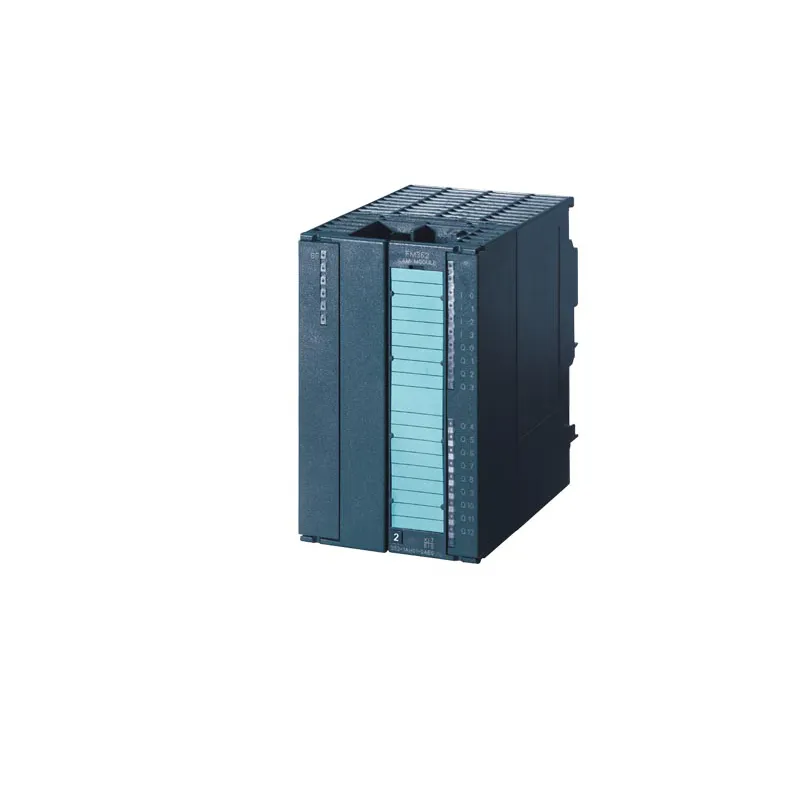
(frequency drive for three phase motor)
FAQS on frequency drive for three phase motor
Q: What is a frequency drive for a three phase motor?
A: A frequency drive for a three phase motor, often called a VFD, controls the speed and torque of the motor by varying the frequency and voltage supplied to it. This enables efficient operation and energy savings. It's widely used in industrial applications.
Q: Can I use a single phase to three phase variable frequency drive with my home power supply?
A: Yes, you can use a single phase to three phase variable frequency drive to convert your single phase power (commonly found in homes) to three phase, making it possible to run three phase motors. Make sure the VFD is rated for your input voltage and motor specifications.
Q: What are the main benefits of using a VFD drive single phase to three phase converter?
A: The main benefits include allowing the use of efficient three phase motors in locations with only single phase power. It also provides speed control and can help reduce energy consumption. Additionally, it can extend equipment lifespan by reducing mechanical stress during startup.
Q: Is it necessary to match the VFD power rating to the three phase motor?
A: Yes, the VFD's power rating should match or exceed the rated power and current of your three phase motor. Undersized VFDs can lead to performance issues or potential equipment damage. Always check manufacturer recommendations.
Q: What should I consider when choosing a frequency drive for a three phase motor?
A: Consider input voltage, output current, and desired control features like speed adjustment when selecting a frequency drive. Compatibility with your motor's specifications and intended application is crucial. Consult product datasheets or a professional for guidance.

